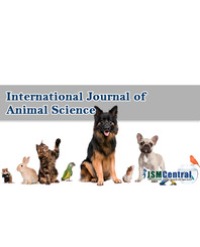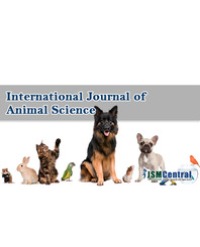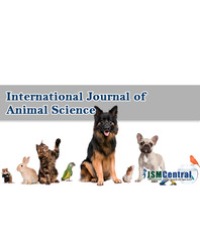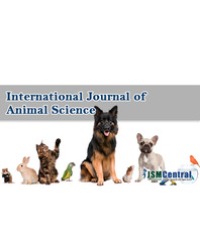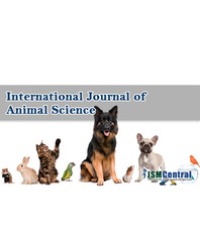
Chromium Nutrition in Alleviating the Effect of Stressors in Poultry Production: A Review
Trace minerals plays an essential role to improve production and nutritional efficiency of livestock products. Each trace minerals can have its own and synergistic metabolic/biologic functions on health and performance of chickens. The relationship between trace minerals supplementation and health of animal has been cohesive, especially on the immune function influenced by chromium, an essential element in poultry. The last two decades have seen a high interest of supplementing Cr3+ in poultry diets during stress conditions. This review looks at the nutritional benefits of chromium on the immune function in poultry birds from the aspects of the stressors, histological structure of the immune organs, non-specific immunity, humoral immunity, cellular immunity and cytokines.
Chandrasekar S and Balakrishnan U*

